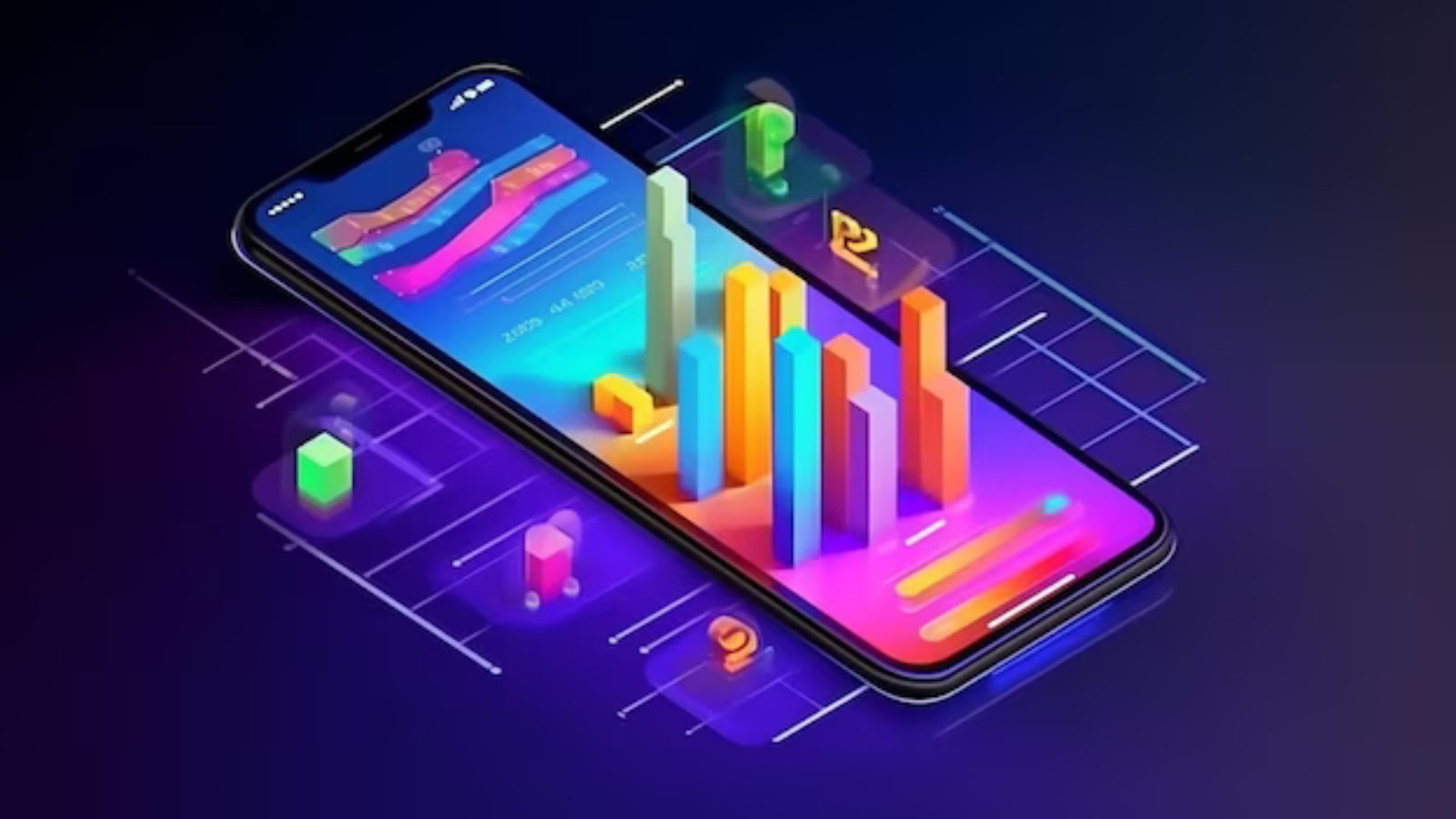In the bustling world of mobile app development, creating a successful app is not just about building a great product—it’s also about generating revenue to sustain and grow your business. With millions of apps vying for users’ attention, developers must explore diverse monetization strategies to maximize revenue and ensure long-term success. In this blog post, we’ll explore various monetization strategies for mobile apps and discuss how developers can navigate the competitive market to optimize their revenue streams.
1. In-App Advertising:
In-app advertising is one of the most common monetization strategies for mobile apps, allowing developers to display ads within their apps and earn revenue based on ad impressions, clicks, or conversions. Popular ad formats include banner ads, interstitial ads, native ads, and rewarded videos. Developers can integrate ad networks such as Google AdMob, Facebook Audience Network, or in-house ad platforms to monetize their apps through advertising.
2. Freemium Model:
The freemium model offers a combination of free and premium content within the app, allowing users to download the app for free and access basic features while offering premium features or content for a fee. Developers can offer in-app purchases, subscriptions, or unlockable content to monetize their apps. Freemium models are popular among gaming apps, productivity apps, and content-based apps such as music streaming and news apps.
3. In-App Purchases:
In-app purchases (IAPs) enable users to buy virtual goods, premium content, or additional features within the app. Common examples include virtual currency, power-ups, upgrades, and premium content packs. Developers can implement IAPs using app stores’ built-in payment systems, such as Apple’s App Store and Google Play Store, and offer various pricing tiers and packages to cater to different user segments.
4. Subscription Model:
The subscription model involves offering access to premium content or features on a recurring basis, typically monthly or annually. Subscriptions provide a steady stream of revenue for developers and encourage long-term user engagement and retention. Developers can offer tiered subscription plans with different levels of access, benefits, and pricing to appeal to different user segments.
5. Sponsorship and Partnerships:
Sponsorship and partnerships involve collaborating with brands, advertisers, or other businesses to promote their products or services within the app. Developers can integrate sponsored content, branded experiences, or promotional campaigns into their apps in exchange for compensation or revenue sharing agreements. Sponsorship and partnerships can be a lucrative monetization strategy for apps with large user bases or niche audiences.
6. Data Monetization:
Data monetization involves leveraging user data and insights to generate revenue through targeted advertising, market research, or data licensing agreements. Developers can collect anonymized user data such as demographics, behavior, and preferences and monetize it through ad targeting, audience segmentation, or selling data to third-party companies. However, developers must prioritize user privacy and security and comply with relevant regulations such as GDPR and CCPA.
7. Affiliate Marketing:
Affiliate marketing involves promoting third-party products or services within the app and earning commissions for referred sales or leads. Developers can partner with affiliate networks or individual merchants to integrate affiliate links, banners, or promotional content into their apps. Affiliate marketing can be a passive revenue stream for apps with high user engagement and relevant content or audience demographics.
Conclusion:
In the competitive market of mobile app development, monetization is a crucial aspect of sustaining and growing a successful app business. By exploring diverse monetization strategies such as in-app advertising, freemium models, in-app purchases, subscriptions, sponsorship, data monetization, affiliate marketing, and more, developers can optimize their revenue streams and maximize profitability. However, it’s essential to balance revenue generation with user experience and privacy considerations to maintain user trust and loyalty. By adopting a strategic approach to monetization and continuously iterating based on user feedback and market trends, developers can navigate the competitive landscape and build sustainable and profitable mobile apps in the long run.




